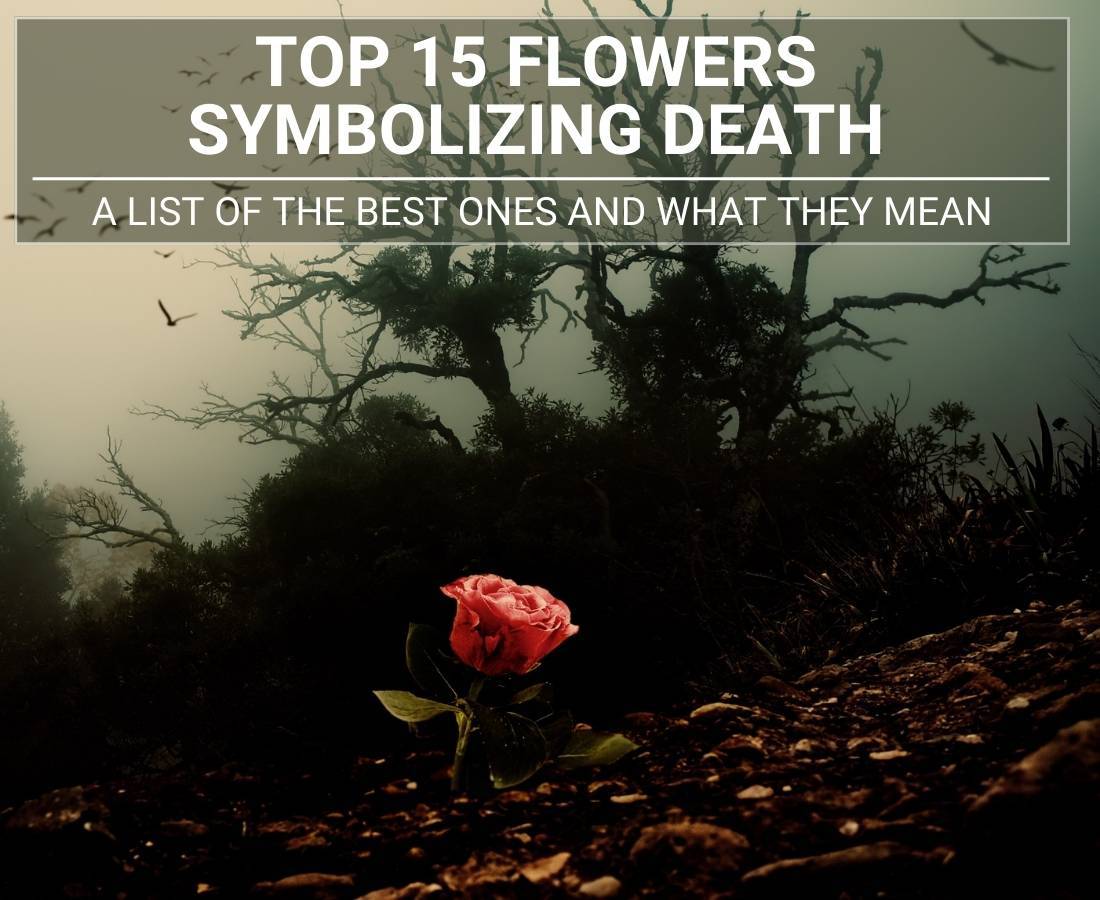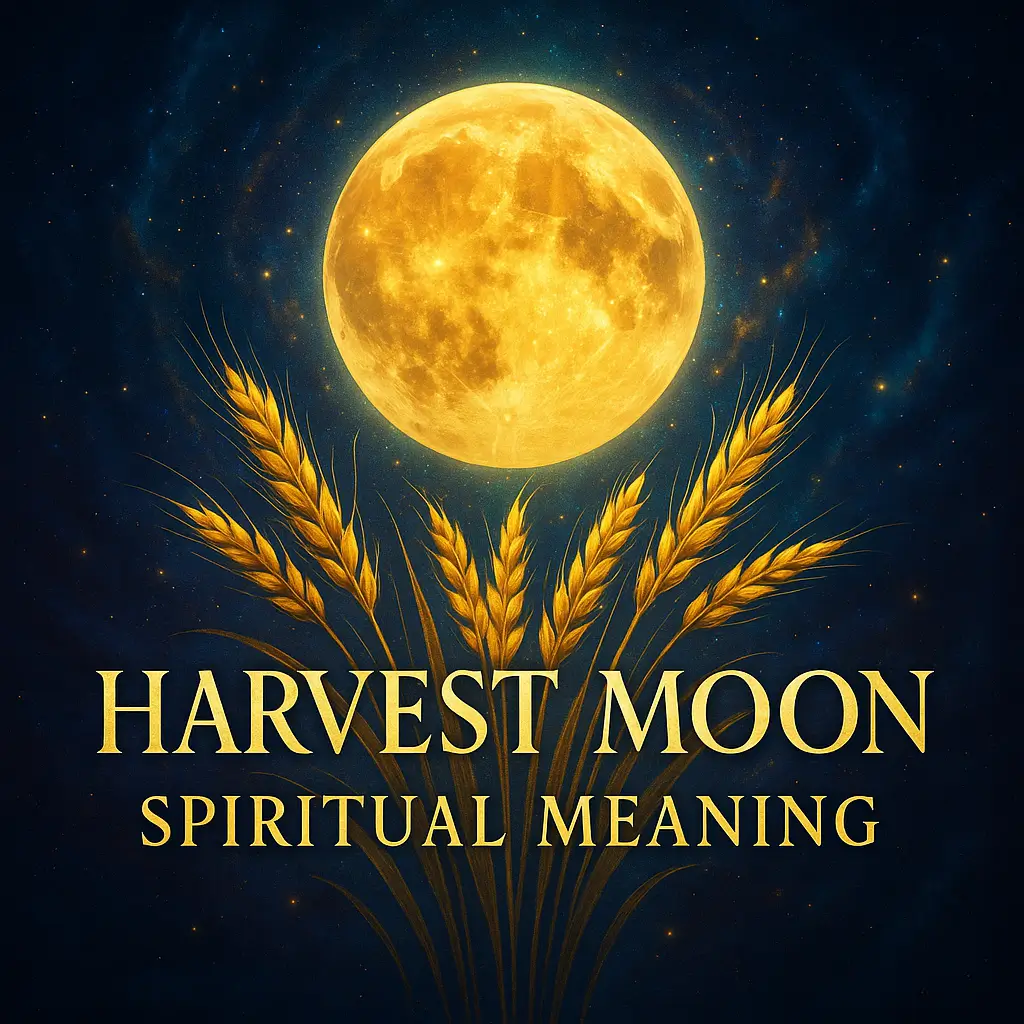Table of Contents
- 1 Key Takeaways
- 2 Black Rose
- 3 Carnations
- 4 Hyacinth
- 5 Forget-me-nots
- 6 Lilies
- 7 Orchids
- 8 Peace lilies
- 9 Poppies
- 10 Blue Irises
- 11 Dahlias
- 12 Lilacs
- 13 Chrysanthemum
- 14 The red spider lily
- 15 Wolfsbane
- 16 The monkey orchid
- 17 Orchids as Powerful Symbols of Death and the Afterlife
- 18 FAQ
- 18.1 What flowers are traditionally used in funeral ceremonies?
- 18.2 Why are certain flowers symbolically associated with death?
- 18.3 What makes some flowers represent both death and rebirth?
- 18.4 Are there flowers known specifically as “flowers of death”?
- 18.5 How do different orchid varieties symbolize mortality?
- 18.6 What flowers are inappropriate to bring to funeral ceremonies?
- 18.7 How have flower associations with death changed throughout history?
Key Takeaways
- Flowers have been symbolically associated with death across various cultures for centuries, often representing respect, remembrance, and the transition to the afterlife.
- Some flowers like black roses and lilies are commonly used at funeral ceremonies because they represent the soul’s ascent to heaven and peaceful transition.
- White orchids and other orchid varieties symbolize death in many traditions, representing the afterlife and the impermanence of existence.
- Certain flowers like chrysanthemums and dahlias represent both death and rebirth, symbolizing the natural cycle of life across different cultural traditions.
- Flowers with dark associations such as wolfsbane and the red spider lily (known as the “flower of death” in Japan) have deep mythological connections to mortality.
Death is a natural part of life, and it happens to everyone eventually. One way that people deal with death is by using symbols. One common symbol of death is flowers.
Flowers have been associated with death for centuries. In some cultures, flowers are seen as a way to respect the dead. They are also often used in funerals and gravesites. In this article, you’ll find the top 15 flowers that symbolize death.
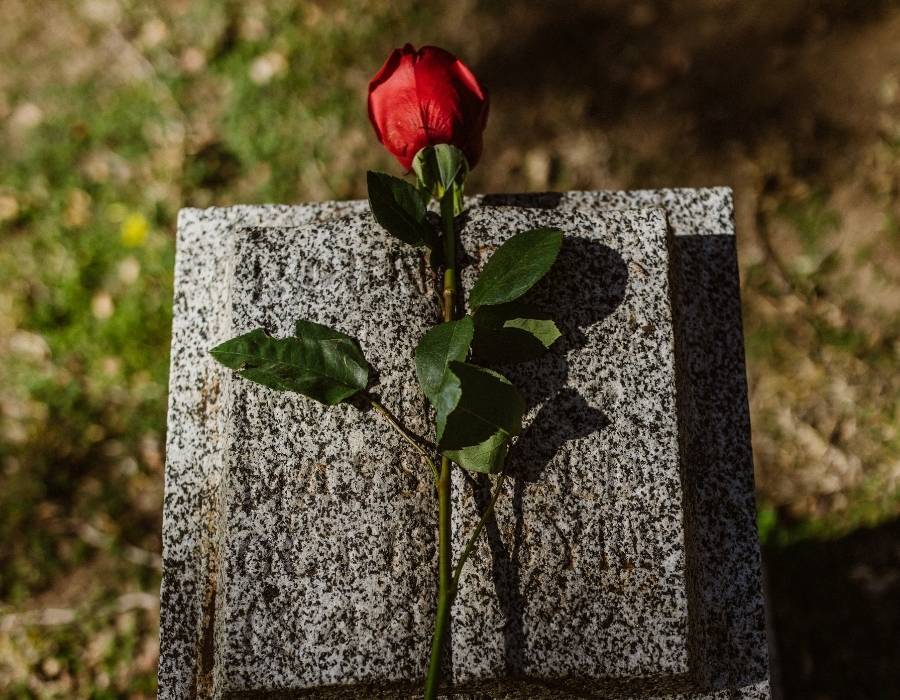
Black Rose
While white roses are traditionally associated with purity and innocence, black roses are often seen as a symbol of death. This is because black roses are not a natural color for roses, so they must be dyed.
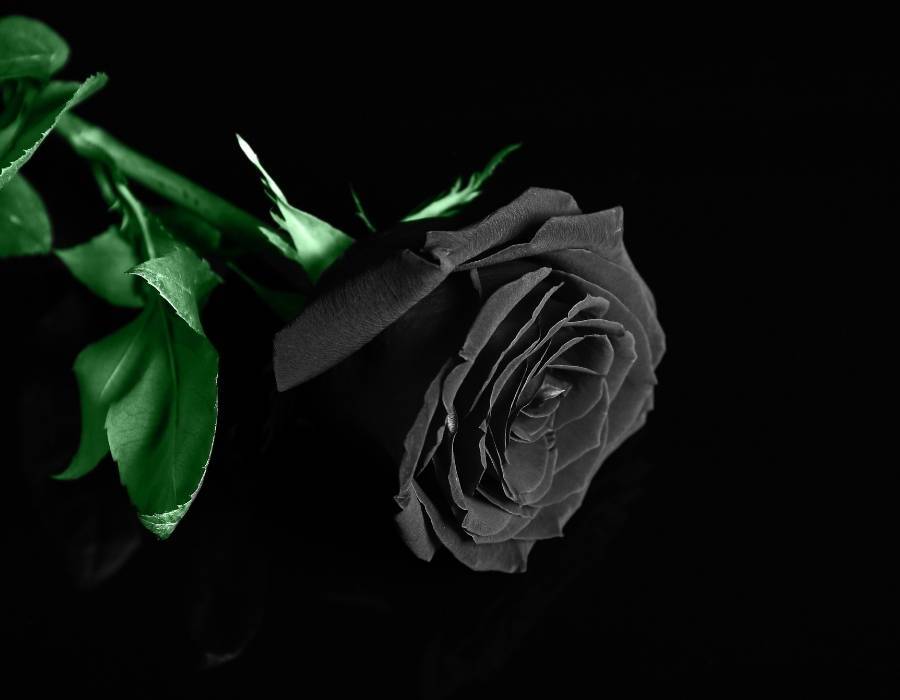
The process of dying flowers is called “senescence,” which comes from the Latin meaning ‘to grow old.
(Black roses do not exist naturally, although scientists have managed to darken the color on some selections).
Carnations
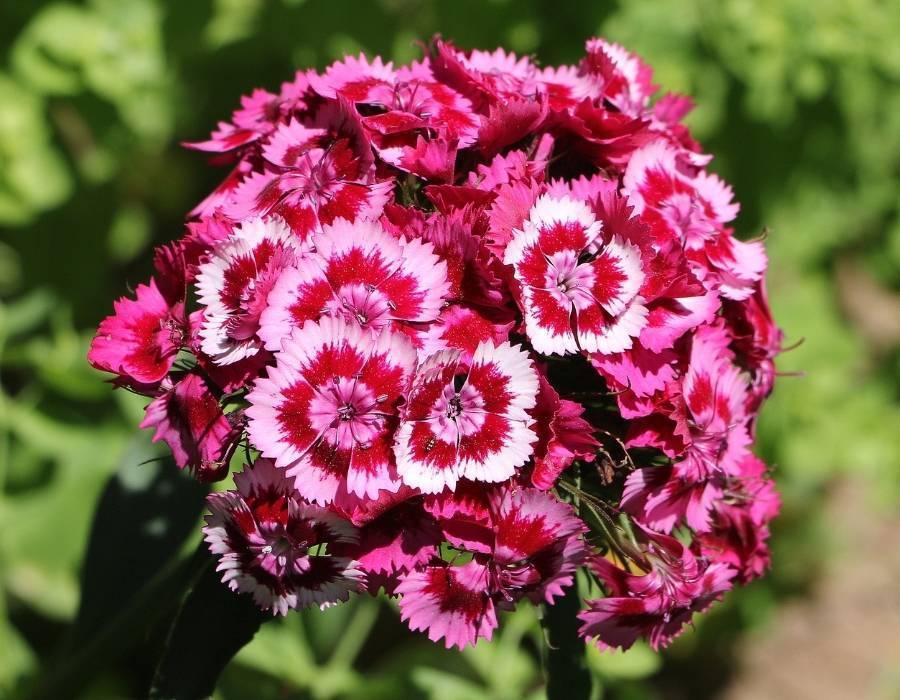
Carnations are one of the most commonly used flowers in funerals, and as such, they have come to symbolize death. They are also inexpensive flowers, making them a good choice for people who want to honor their loved ones without spending a lot of money.
Hyacinth
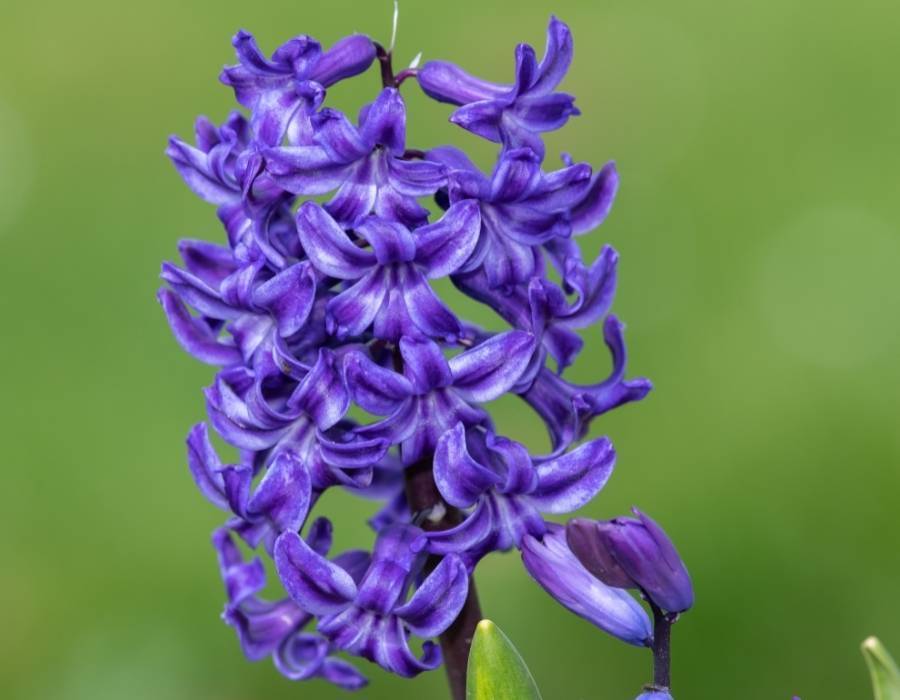
Hyacinths are beautiful flowers that have a deep meaning. The name of these flowers appears in the title of the painting “The Death of Hyacinthus,” which associates them with the dead.
The painting was made in 1752, and since then, the Hyacinths have been commonly used at funerals to honor the deceased.
Forget-me-nots
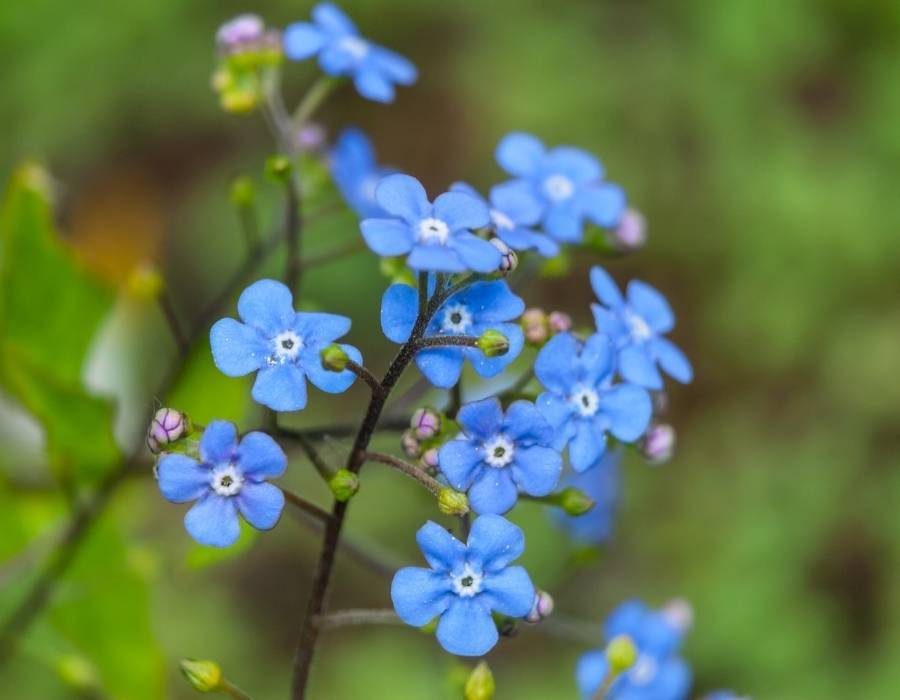
Forget-me-nots first gained their dark reputation in medieval times. It was believed that if you gave a loved one a forget-me-not before they died, they would remember you in the afterlife.
This led many people to give forget-me-nots to those who were dying or grieving to remember their lost loved ones.
Lilies
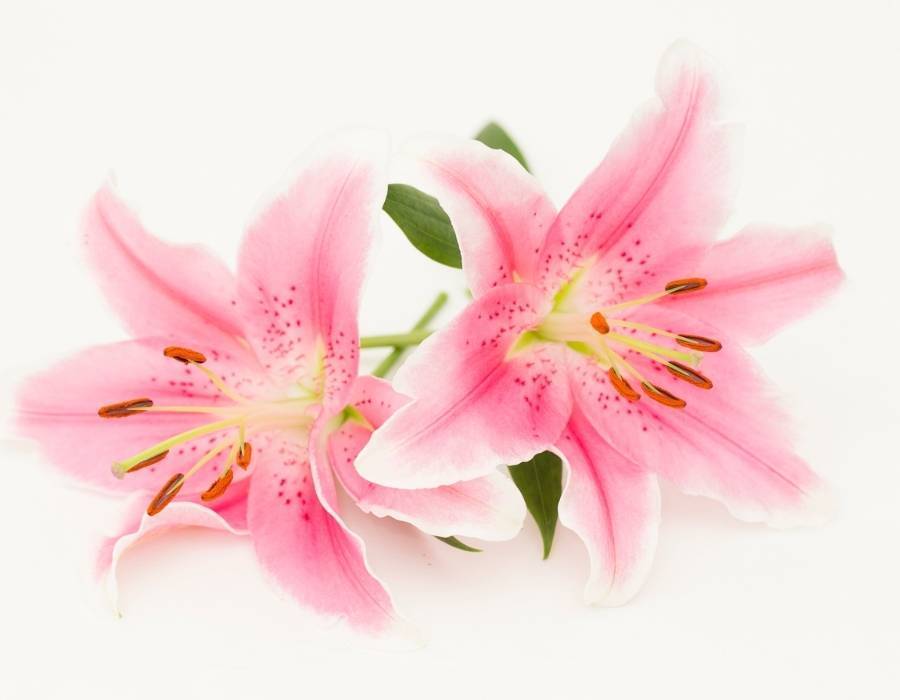
In some cultures, lilies are associated with funerals and graves. In others, lilies are seen as symbols of transformation or rebirth.
In the US, Lilies are one of the most common funeral flowers.
They are often seen as a symbol of the soul’s ascent to heaven. White lilies are particularly associated with purity and innocence, making them popular for funerals.
Lilies can also symbolize new beginnings. In ancient Greece, lilies were associated with Demeter, the goddess of fertility and agriculture. Lilies were said to bloom in her sacred garden, and they came to symbolize rebirth and new life.
Orchids
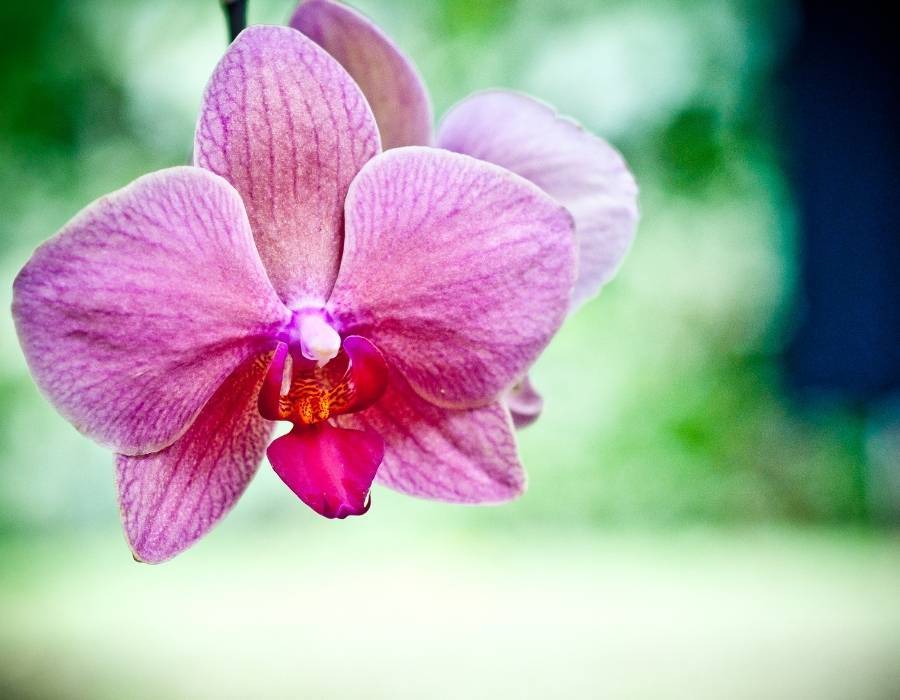
Orchids are often associated with death and mourning. In many cultures, they are seen as symbols of the afterlife and are used in funerals and gravesites.
Orchids can also represent the impermanence of life and the fragility of existence. For some, the flower is a reminder that death is inevitable and that life is fleeting.
Peace lilies

The peace lily is a popular choice for funeral arrangements as its name implies a sense of calm and serenity. These beautiful flowers represent a restful afterlife in heaven.
They can be used at funerals or hospitals to help create a smooth transition into the afterlife.
Poppies

Poppies have been associated with a night of everlasting sleep, much like the transition into death. Because of their association with a sense of unconsciousness, these flowers have sometimes been considered back luck, although that can be debated.
In ‘The Wizard of Oz,‘ the characters in the story come across a field of poppies, almost falling to their deaths.
The poppy is also a symbol of remembrance for all who have served and lost in war. The flower grew on fields near trenches, and battlefields around Europe where it became something that everyone knew well – from French troops to British soldiers fighting abroad or even Americans joining up after features such as “Over There.” This popularity can be attributed largely due to its association with Armistice Day (11 November), which honors those who died during conflicts worldwide from 1914-18and World War II(1939–45).
Blue Irises
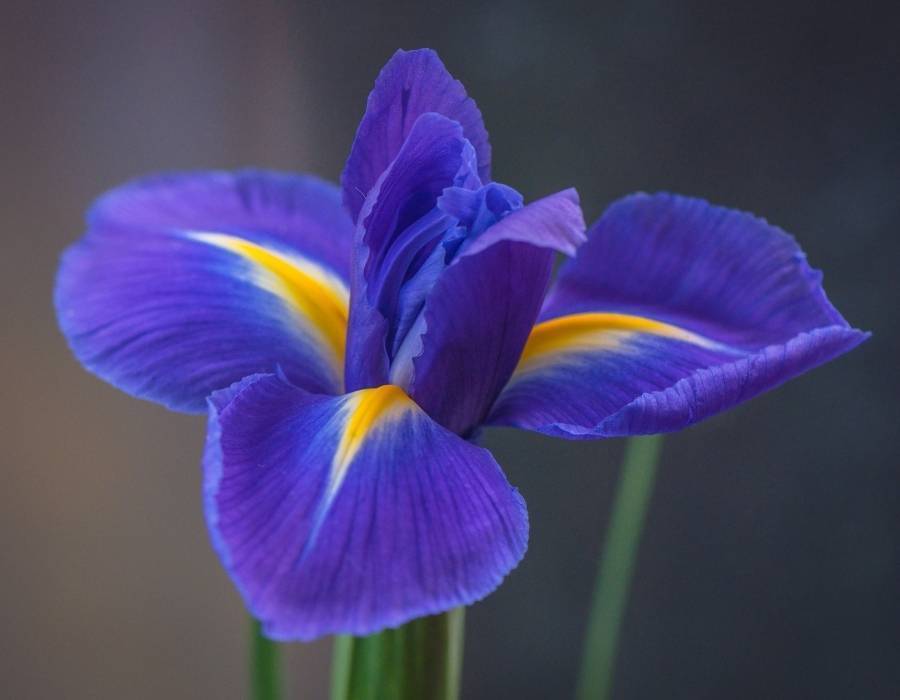
In some cultures, the blue iris is also a flower that has been considered a bad omen. The rich blue hue of these flowers creates an ambiance of peace, which can be associated with eternal slumber.
While these flowers are beautiful, some view them as sad, depressing, or simply a symbol of the dead.
Dahlias

Dahlias have long been associated with death and mourning. In Mexico, they are often used in Day of the Dead celebrations, and in Europe, they were once used to adorn graves.
The dark, rich colors of dahlias represent the cycle of life and death, and their large blooms are thought to symbolize the frailty of life. While dahlias may not be the most cheerful flowers, their unique beauty makes them a popular choice for those looking to add a touch of darkness to their garden.
Lilacs
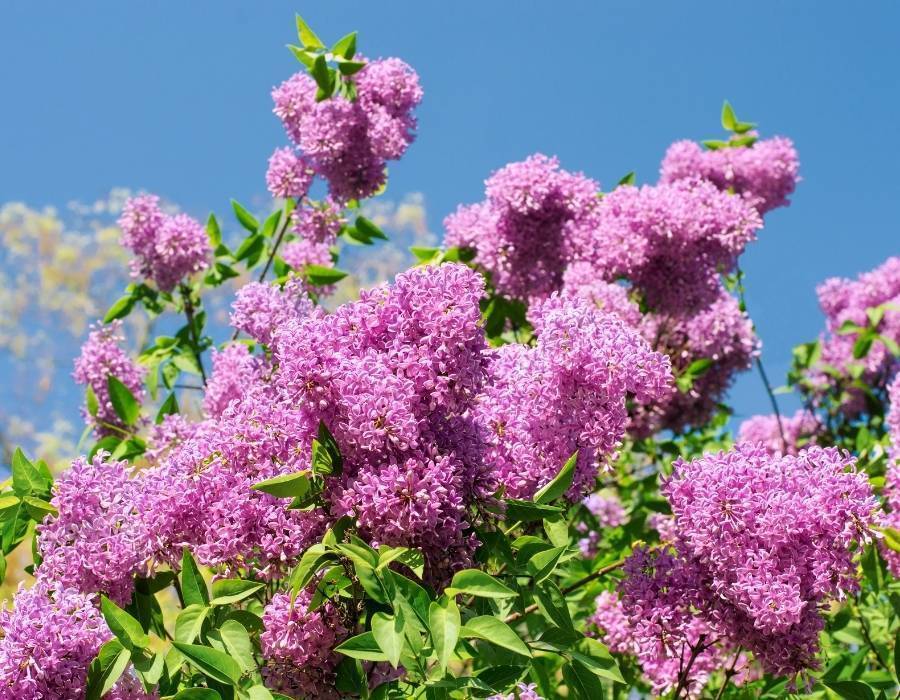
Lilacs symbolize the brevity of life and the sorrow of losing a loved one. The flowers also represent hope and rebirth.
Lilacs are also symbols of springtime and new beginnings despite their association with death.
Chrysanthemum
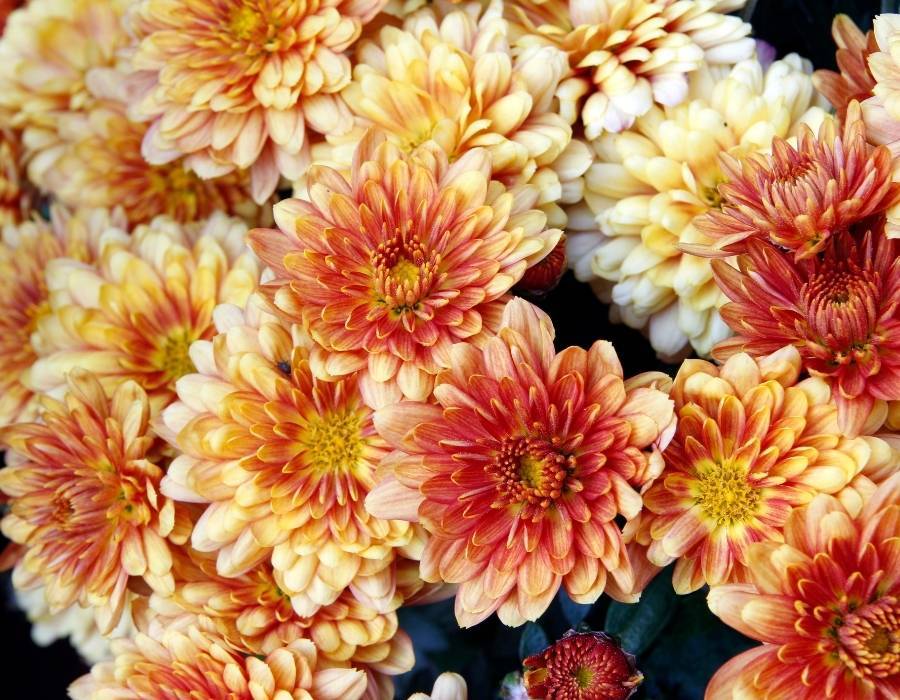
The Chinese associate these flowers with death, but they also believe that flowers can bring good luck and fortune.
The ancient Greeks believed that the chrysanthemum flower symbolizes death and rebirth. This is because the flower blooms in the autumn and dies in the winter, only to be reborn again in the spring.
The red spider lily
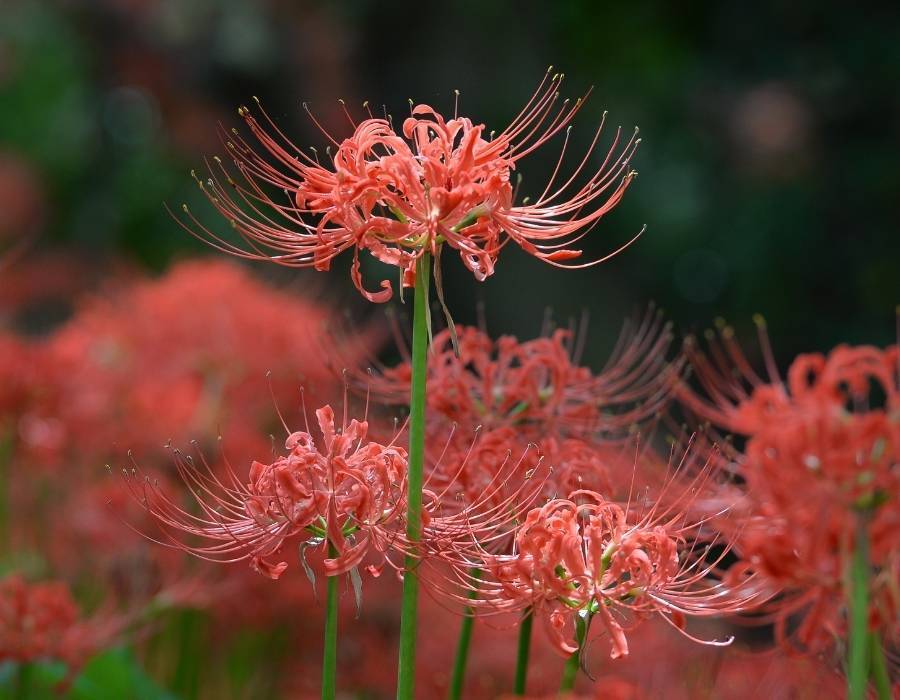
The red spider lily is a flower that is native to Asia. It is also known as the “heavenly” or “ghost” lily. In Japan, the red spider lily is known as the “flower of death.” It is often seen in cemeteries and on graves.
Wolfsbane
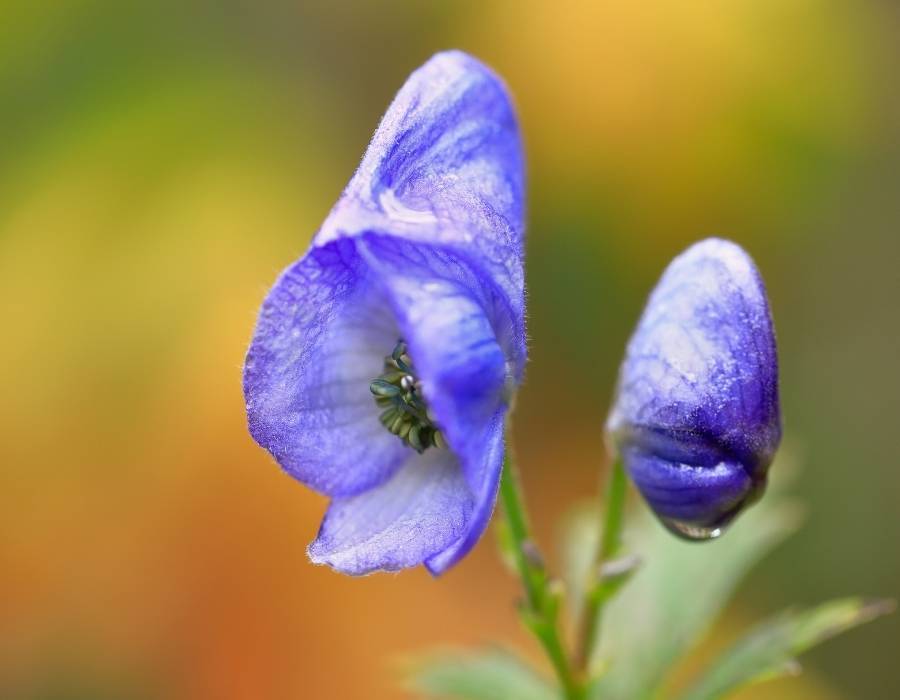
Wolfsbane is often associated with death, as it is a poisonous plant. In folklore, it is said to be able to kill werewolves, and so it was used as a weapon against them.
It is also said to be able to kill vampires, so it was used as a stake in vampire hunting. However, wolfsbane is not just a deadly plant – it is also said to have protective properties.
Wolfsbane was used in magic spells and charms to protect against evil spirits and witches.
The monkey orchid
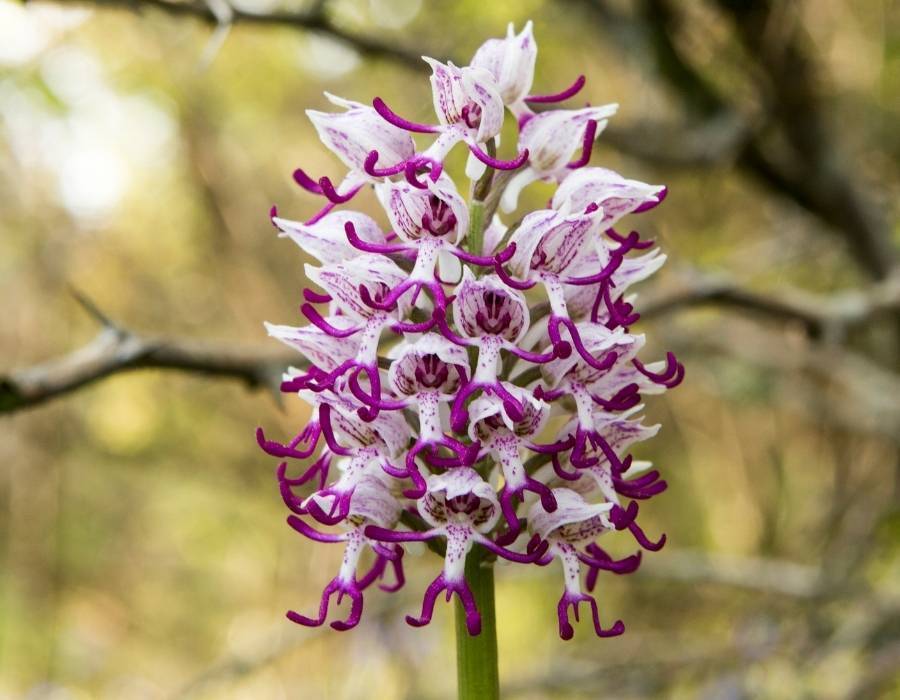
Monkey orchids are one of the most popular flowers in Japan. These flowers are also referred to as the Dracula flower, associating them with vampires and the dead.
The flowers are often used to decorate gravesites and memorials. The monkey orchid is a popular choice for funeral wreaths and bouquets.
For more information on flowers that symbolize death, check out this video!
We also have lists of animals representing death and birds symbolizing death.
Orchids as Powerful Symbols of Death and the Afterlife
Among the many flowers associated with death and mourning, orchids hold a special symbolic significance across numerous cultures and traditions. While the post touches on orchids briefly, their rich symbolism related to death deserves deeper exploration, especially since white orchids are frequently used in funeral arrangements worldwide.
White Orchids: Messengers Between Life and Death
White orchids specifically symbolize eternal life and spiritual transcendence in many Eastern traditions. Unlike other funeral flowers, white orchids are believed to serve as messengers between the world of the living and the dead, helping guide the soul of the departed to peaceful rest. This is why many grieving families choose white orchid arrangements to honor their deceased loved ones, believing these elegant blooms facilitate a gentle transition to the afterlife.
In Victorian funeral traditions, orchids were considered “death flowers” placed near the deceased to represent the beauty that remains even after life ends. The rare and delicate nature of orchids made them precious symbols of how fleeting life can be, yet how beautiful it remains in memory. Ancient Aztec civilizations blended orchid extract with chocolate to create ceremonial beverages specifically for funeral rites, believing orchids contained spiritual properties that connected the physical and spiritual realms.
Cultural Perspectives on Death Orchids
In Chinese tradition, orchids are known as “spirit flowers” that accompany the soul on its journey after death. Japanese culture views certain dark-colored orchid varieties as protective talismans against evil spirits that might disturb the deceased. Meanwhile, in some European traditions, placing a single orchid on a grave symbolizes that the living still care deeply for the departed, as orchids require special attention to survive—mirroring the ongoing care for the memory of someone who has passed.
Though beautiful and elegant, the association between orchids and death reminds us that even in mourning, there is profound beauty and meaning to be found. These exceptional flowers continue to serve as powerful symbols of transition, remembrance, and the enduring connection between life and what lies beyond.
Sources
- https://oz.fandom.com/wiki/Poppies
- http://tenrandomfacts.com/monkshood/
- https://www.metrofieldguide.com/folklore-nature-the-death-flower/
- https://www.proflowers.com/blog/chrysanthemum-meaning
- https://gobotany.nativeplanttrust.org/species/iris/versicolor/
- https://www.townandcountrymag.com/style/home-decor/a39982524/lily-flower-meaning/
- https://www.proflowers.com/blog/black-roses-meaning
FAQ
What flowers are traditionally used in funeral ceremonies?
Lilies, chrysanthemums, roses, and carnations are commonly used in funeral ceremonies. White lilies symbolize the restored innocence of the soul, while chrysanthemums represent grief in many European cultures. Roses express love and respect, and carnations often symbolize remembrance.
Why are certain flowers symbolically associated with death?
Flowers become associated with death through cultural traditions, historical practices, and their natural characteristics. White flowers often represent purity of the soul, while dark flowers may symbolize grief. Some associations come from ancient mythologies where flowers emerged from death or tragedy.
What makes some flowers represent both death and rebirth?
Flowers that represent both death and rebirth typically follow natural cycles that mirror human existence. Chrysanthemums bloom in autumn as other plants die. Lotus flowers emerge from muddy waters, symbolizing spiritual awakening. These dual symbols acknowledge death as part of a larger cycle of renewal.
Are there flowers known specifically as “flowers of death”?
Yes, several flowers carry this designation in different cultures. The red spider lily in Japan is called higanbana (flower of death) and appears near cemeteries. Marigolds in Mexican culture guide spirits during Día de los Muertos. Black roses, though artificially created, also symbolize death and farewell.
How do different orchid varieties symbolize mortality?
Different orchid varieties carry unique death symbolism across cultures. Black orchids represent mystery and the unknown aspects of death. Pink orchids symbolize remembrance of the deceased. In some Asian traditions, purple orchids represent respect for ancestors who have passed.
What flowers are inappropriate to bring to funeral ceremonies?
Bright red flowers may be inappropriate as they symbolize happiness in many Western cultures. Yellow flowers can represent jealousy or betrayal in some traditions. Strongly fragrant flowers might overwhelm sensitive mourners. Always consider cultural context and family preferences when selecting funeral flowers.
How have flower associations with death changed throughout history?
Flower associations with death have evolved from purely symbolic in ancient civilizations to more nuanced interpretations today. Victorian era introduced elaborate flower language for mourning. Modern practices blend traditional symbolism with personal meaning. Cross-cultural exchange has also diversified funeral flower traditions globally.
